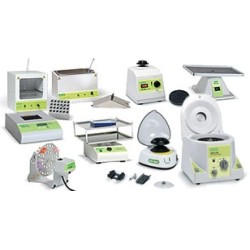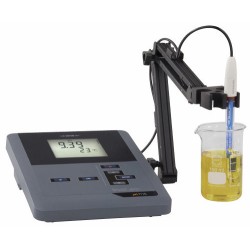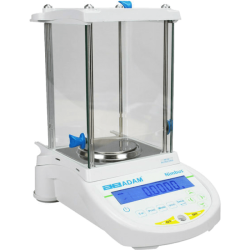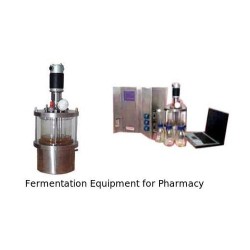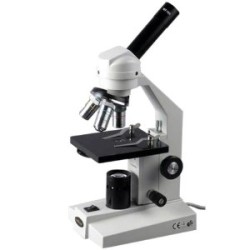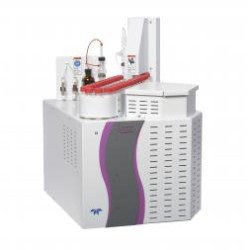Tablet Hardness Tester
Tablet hardness testing is a laboratory technique used by the pharmaceutical industry to test the breaking point and structural integrity of a tablet "under conditions of storage, transportation, and handling before usage" The breaking point of a tablet is based on its shape. It is similar to friability testing,[1] but they are not the same thing.
Tablet hardness testers first appeared in the 1930s. In the 1950s, the Strong-Cobb tester was introduced. It was patented by Robert Albrecht on July 21, 1953.[4] and used an air pump. The tablet breaking force was based on arbitrary units referred to as Strong-Cobbs. The new one gave readings that were inconsistent to those given by the older testers. Later, electro-mechanical testing machines were introduced. They often include things like motor drives, and the ability to send measurements to a computer or printer
There are 2 main processes to test tablet hardness: compression testing and 3 point bend testing. For compression testing, the analyst generally aligns the tablet in a repeatable way, and the tablet is squeezed by 2 jaws. The first machines continually applied force with a spring and screw thread until the tablet started to break. When the tablet fractured, the hardness was read with a sliding scale.




